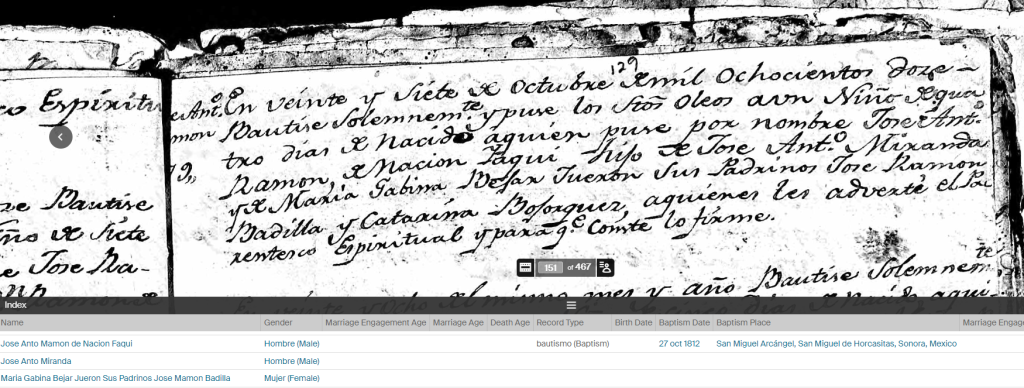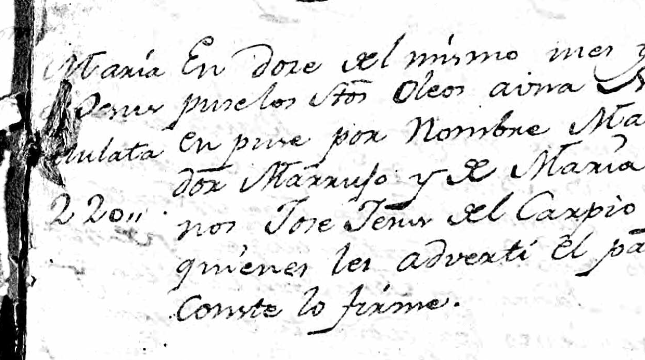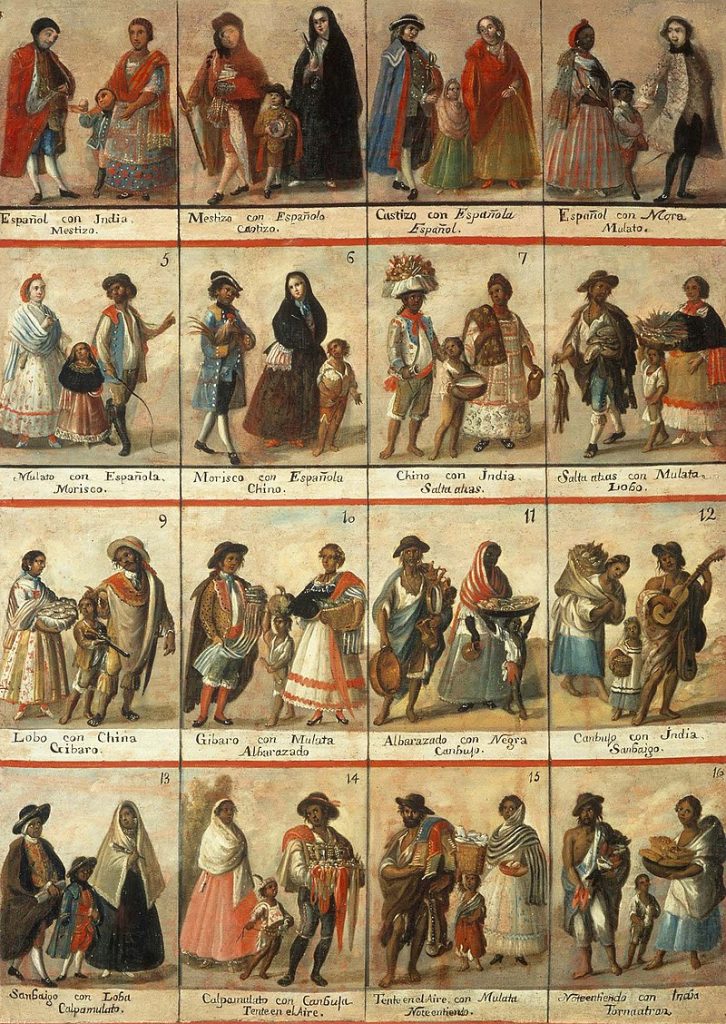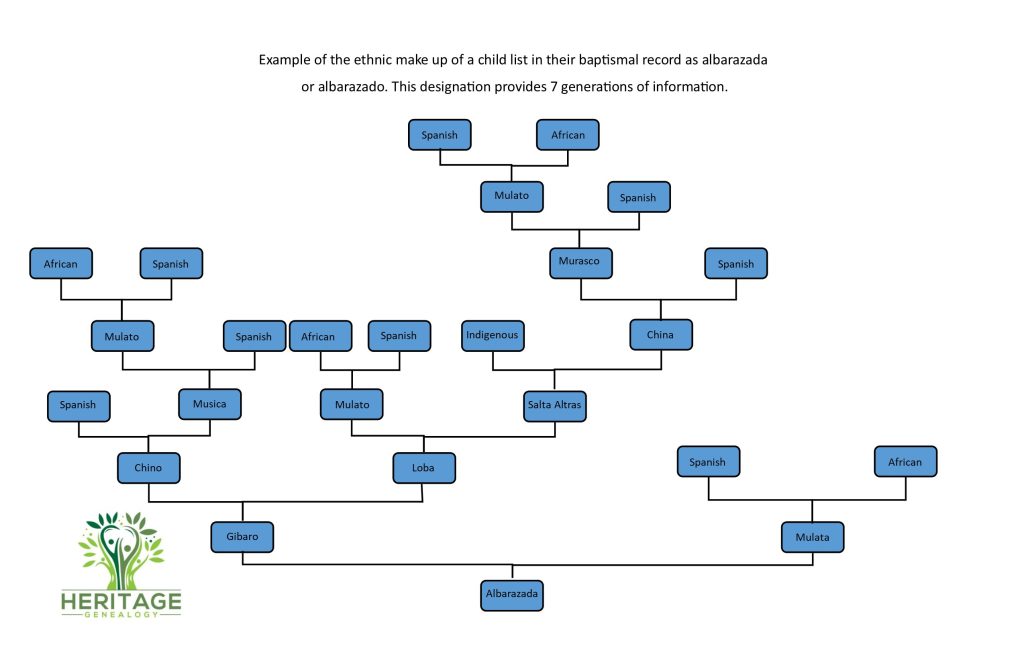For those doing genealogy for Mexican relatives or who have traced ancestors to Mexico the information that is available is some of the best out there. Records kept by the Catholic church in Mexico are a treasure trove of data and detail. However, most family tree researchers will quickly grow frustrated while utilizing Family Search or Ancestry, and the frustration goes far beyond not speaking the language.
While doing initial research many family tree enthusiasts will find the difficulty of reading cursive, with or without terrible handwriting, magnified by not speaking the language. If you speak or read Spanish fluently this issue may only stump you to the extent that like all languages the phrasing of certain things has changed over the years. For those who do not speak Spanish fluently you will be looking for a few key terms which I will go over farther down. If you are utilizing the indexed records you will easily find the date in the record, but for the not yet indexed records using Google translate to assist with dates is a good option.
Catholic Church Records
Catholic church records provide a great deal of information. For baptismal records you will find the name of the child, the date of the baptism, the location of the baptism, the parents of the child, unless the child is listed as “padres no conocidos” which I will go over later, and at least one god parent will be listed. I have yet to find a record in which the god parents were transcribed, but this can be very valuable in understanding extended family.
Marriage records included the bride and grooms names, both sets of parents, sometimes grandparents or other family members and the date and location of the marriage. When looking at the names of the parents the notation of “difutos” is important as it indicates if the parent or parents are deceased.
Death records indicate the name, date and location of death, they may also include the spouses name, usually only if the spouse is still alive, and when known the names of the parents.
Any family historian can see what a treasure of information that provides. But now to the tricky part, it’s only if you can find it and if you are relying solely on the indexes of records as they were transcribed your success will be limited. Or very inaccurate.
Transcription Issues
As for the transcribed records themselves this is where I run into a criticism of Ancestry. I don’t know how these records were transcribed, but there is a general lack of care in my opinion of the transcriptions. Naturally hand checking the records takes a great deal of time. However, with so many issues on some of these records, I’d rather they show as not yet indexed. Here is an example of the information on the page vs what the transcription shows.

this is a baptismal record from 27 October 1812 at the San Miguel Archangel, San Miguel de Horcasitas, Sonora, Mexico. The baptism is for Jose Antonio Ramon de Nacion. After Ramon’s name is the word “Yaqui” this is his ethnicity information, the Yaqui are one of the native Mexican tribes in Sonora. He is the son of Jose Antonio Miranda and Maria Gabina Bejar. His god parents were Jose Ramon Badilla and Catarina Bojorques.
Below the actual record is Ancestry’s transcription of the record. In the transcription his name is Jose Anto Mamon de Nacion Faqui. First name is correct. Second name is sort of correct, yes the letters are what is written, but misses the understanding that Ant^o is an abreviation for Antonio. Third name I do not see how Ramon was misread as Mamon. Fourth name de Nacion is correct. Lastly what they have as his fifth name is both transcribed incorrectly and is not a name. The record also does not assign a surname.
His father’s name is transcribed as Jose Anto Miranda. Same issue with Ant^o, the rest is correct.
On to his mother’s name and that’s where the transcription gets really messy. The transcription reads Maria Gabina Bejar, if only it had stopped there it would be correct, Jueron Sus Padrinos Jose Mamon Badilla. First that’s an f not a j so the actual phrase is “fueron sus padrinos” translated “were his godparents”.
If this were an isolated transcription issue it wouldn’t be worth mentioning, but it’s not and it bears some important issues for those using the indexed Catholic church records on Ancestry. First the way this has been transcribed the individual being baptized is never provided with a surname. I will be the first to say that there is plenty of surname ambiguity with Mexican / Spanish genealogy. He may go by Jose Antonio Ramon de Nacion Miranda or Jose Antonio Ramon de Nacion Bejar or Jose Antonio Ramon de Nacion Miranda de Bejar or vise versa and that can change throughout documents in his life. He also might go by Jose in one, Ramon in another and Antonio in a third.
At some point I’ve decided that these family members just really wanted to keep us on our toes. Matching records throughout someone’s life will require both an openness to how names may be flexibly used and the ability to match family members together. This goes back to my point about how much information is typically contained in these records allowing us to continue to cross reference families.
To the problem of transcription, let us say you are descended from a man you know, from existing family information, as Antonio Ramon Miranda who you believe was born about 1810 in Sonora Mexico. Entering that information into Ancestry’s search function isn’t going to get you this record. Too many spelling mistakes and no surname is going to lead you no where.
It becomes easy to see why family research enthusiasts become frustrated with research in Mexico and how many trees contain woefully incorrect information when someone just hits save to a record as it’s been indexed.
Terms to Look For
I mentioned above that I would go over key terms to look for; this is primarily for those who don’t speak or read Spanish. At the top of the records you typically find the date.
Depending on the baptismal record you may find the first names written in the margin. Also in the margin you may locate the ethnic designation of the individual or it may immediately proceed their name as in the record above. Here is an example of the ethnicity in the margin below the name, Maria Jesus – Mulata:

Next you are looking for “nombre” name, what follows should be the name of the person who is been baptized. Thus far the longest name I have found is “Mariana Soledad Manuela Margarita del Carmen de los Angeles Camila de Calidad” whew.
After the name and possibly the ethnic designation will be hija or hijo, daughter or son, legitimo/ a, legitimate or natural, which is as it sounds, followed by the names of the parent or parents. More often than not when you find the record says natural only the mother will be listed as the child was had out of wedlock.
The exception to this is “padres no conocidos” or “ignotto / ignotta”, parents are not know. Well unless the baby was left at the church at least the mother was known. This practice actually shows how important baptism is in the Catholic faith, that all children, including illegitimate ones were baptized. However, to save the family from any embarrassment say it was a Spanish man of the house and a servant, the baby would be listed as “padres no conocidos”. This is not a hard and fast rule, you will find baptisms where the child is listed as illegitimo/ a and the names of both parents are listed, but that’s far more rare.
After the names of the parents will be the god parents, fueron sus padrinos, it might also be singular or if singular might be madrino if there is only a god mother. I always note these, they might be grandparents, aunts and uncles, it is always worth working those names to expand the tree and bring a greater understanding to the family.
Ethnicity Designations
Many individuals doing research on their Mexican families are trying to place the Indigenous American designation on their ancestry composition report. Here again Catholic church records can be a fantastic resource. Due to the caste system ethnicities were frequently recorded in the records of baptisms. As in the case above Yaqui designated a specific tribe, but there are many more designations. Below is a frequently used image to help explain some of the differences. The image is from this website, it is in Spanish but if you open it in Edge it should ask if you’d like it translated to English. The translation isn’t perfect, but you will get the gist. I will also include an explanation below:

Español / Española = Spanish
Indio (Yaqui, Haigues, etc) = Indigenous
Mestizo / Mestiza = Spanish & Indigenous
Castizo / Castiza = Mestizo/a & Spanish
Mulato / Mulata = Spanish and Black
Murisco / Murisca = Spanish and Mulato/a
Chino / China = Spanish & Murisco/a
Salta Atras = Indigenous & Chino/a
Lobo / Loba = Salta Atras & Mulato/a
Gibaro / Gibara = Lobo/a & Chino/a
Albarazado / Albarazada = Gibaro/a & Mulato/a
It is easy to see, although can be difficult to sort out, the complexity of the ethnicities represented in the records. The most complex one I’ve recorded is Albarazada. See below to understand the number of generations that go into the complexity of this designation.

Mexican Catholic church records have been called the best records anywhere in the world for family tree research. I hope you can see from this article what all can be found and gained from them.
We love working on Mexican genealogy projects. If you’re looking for help with your family tree research don’t hesitate to reach out.
To learn more about Consanguinity in Catholic marriage records read this article.